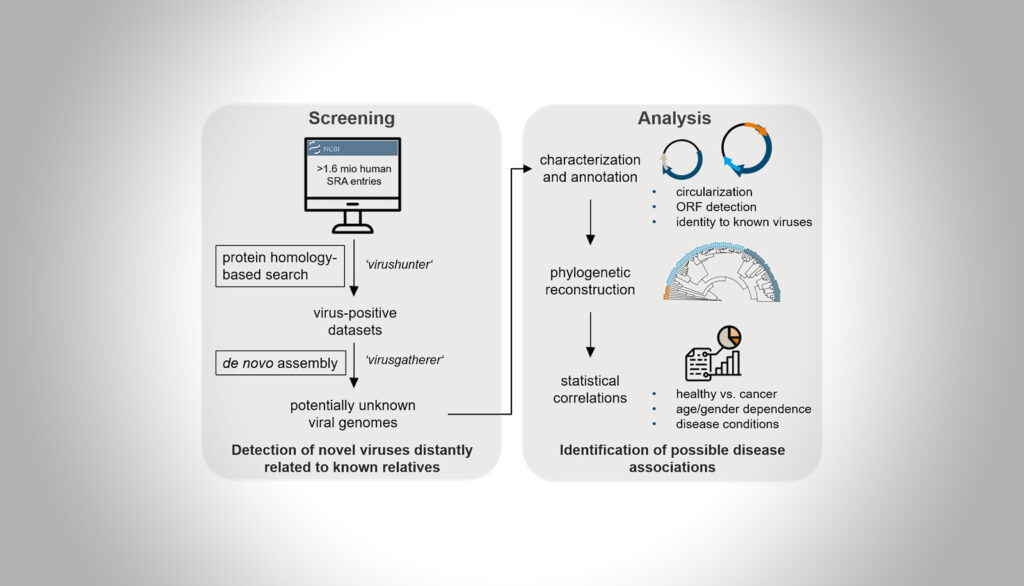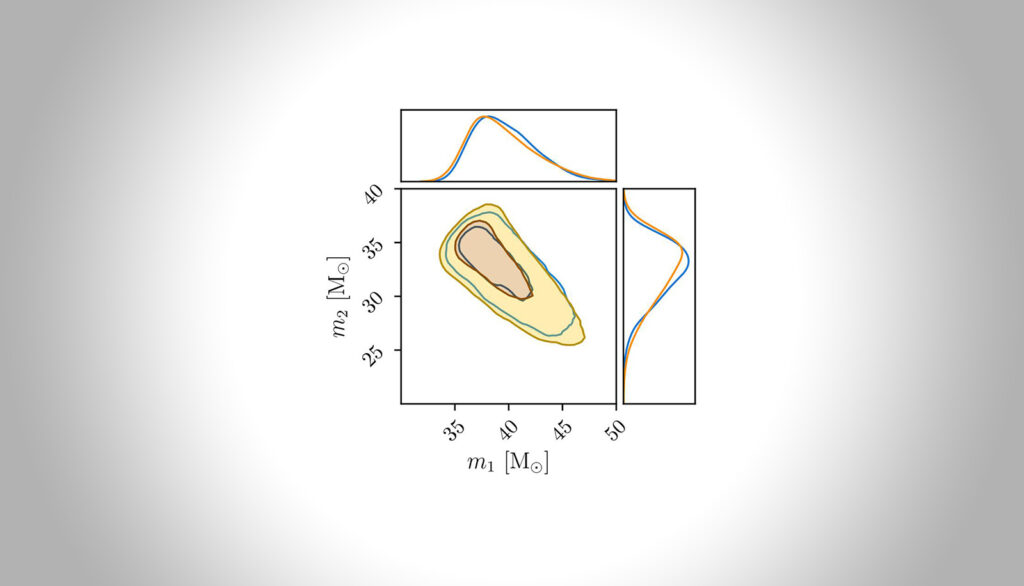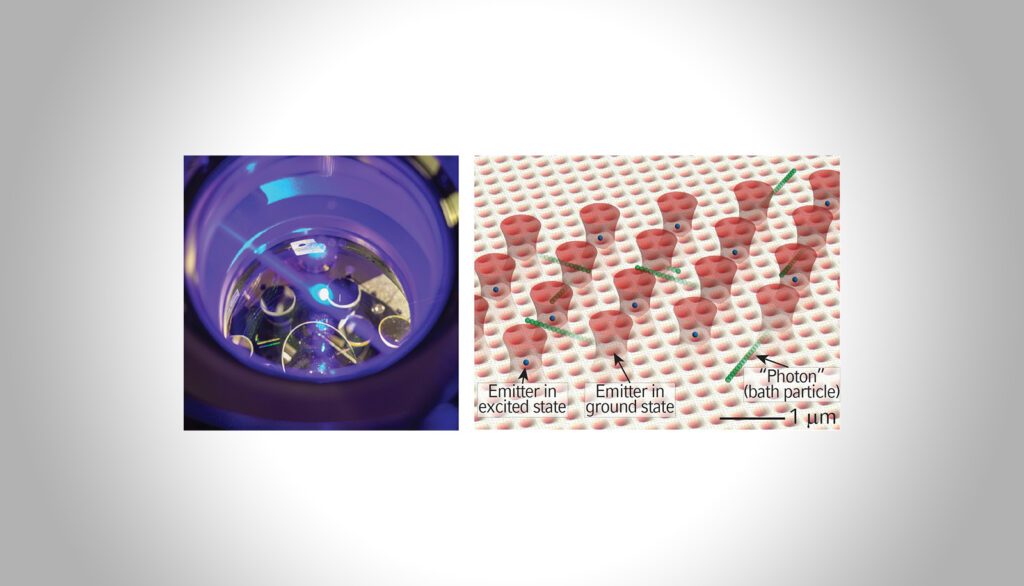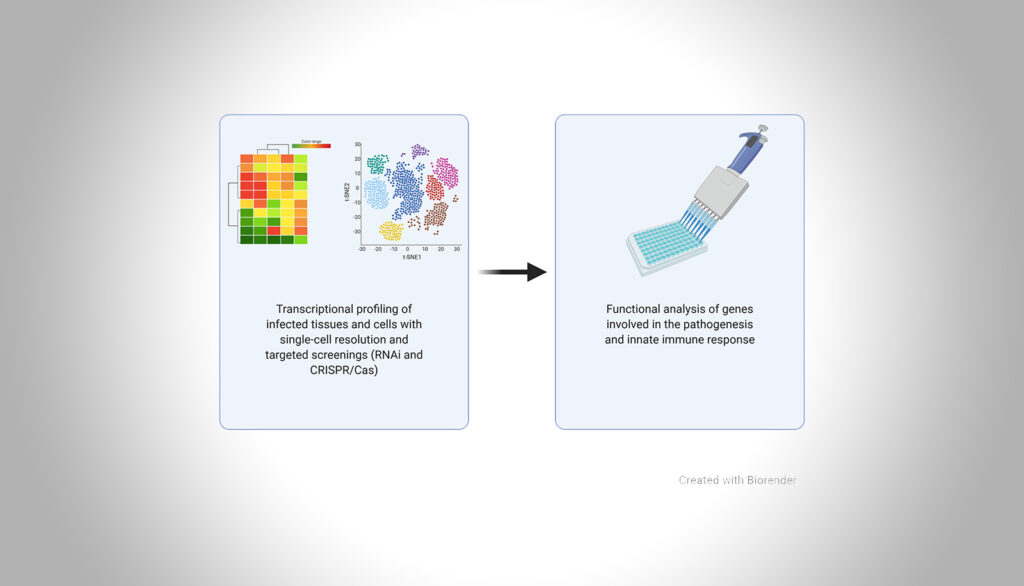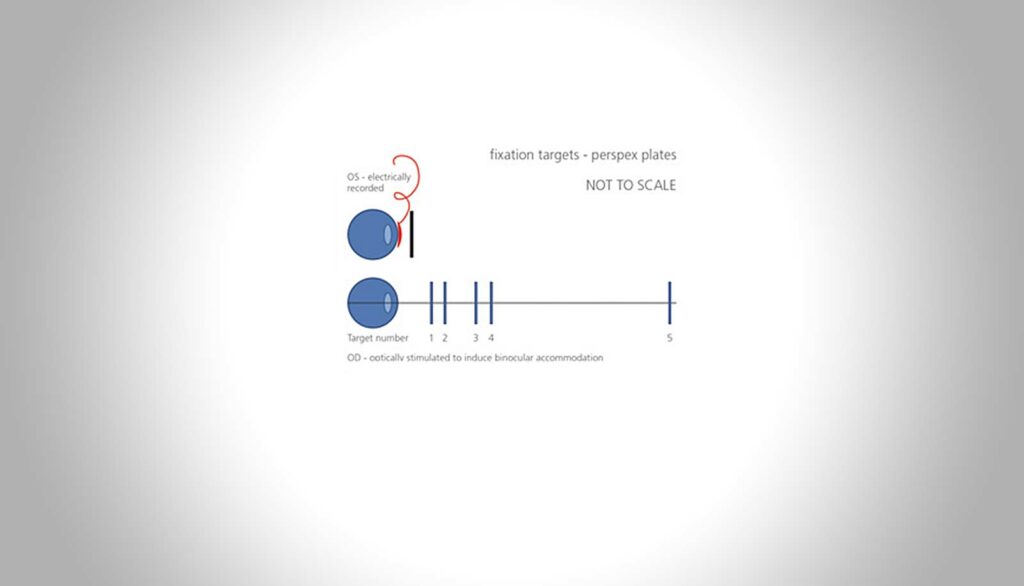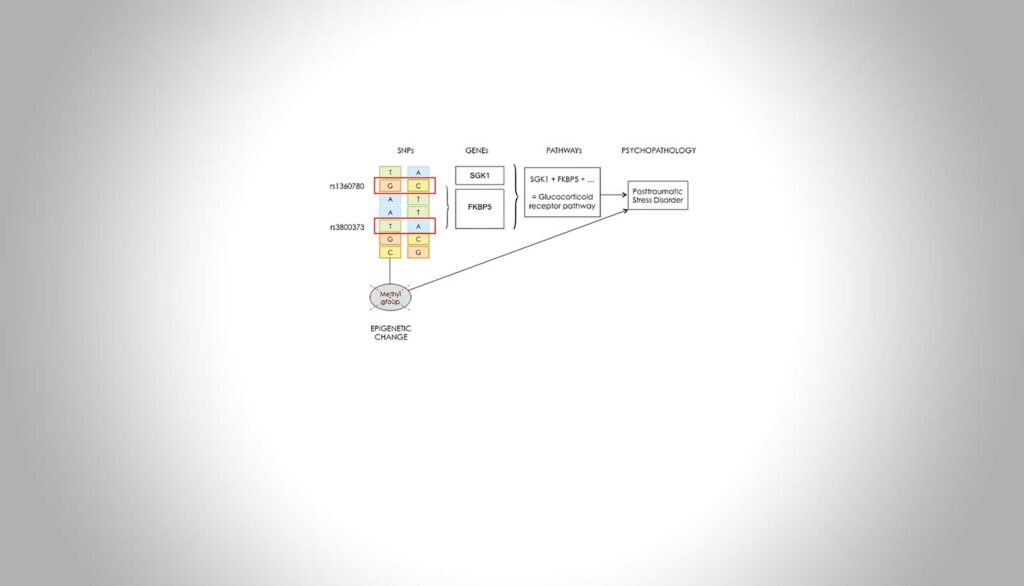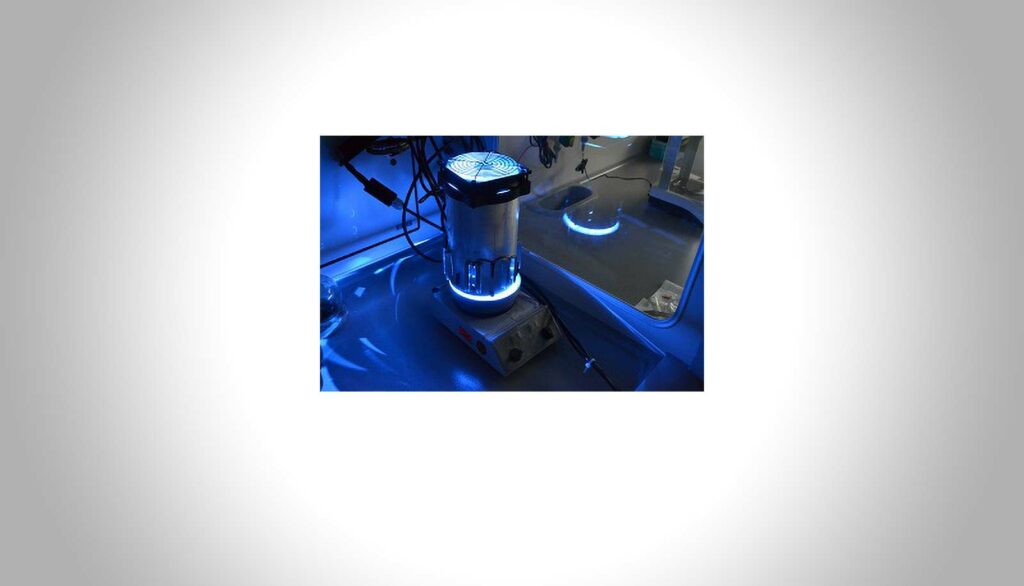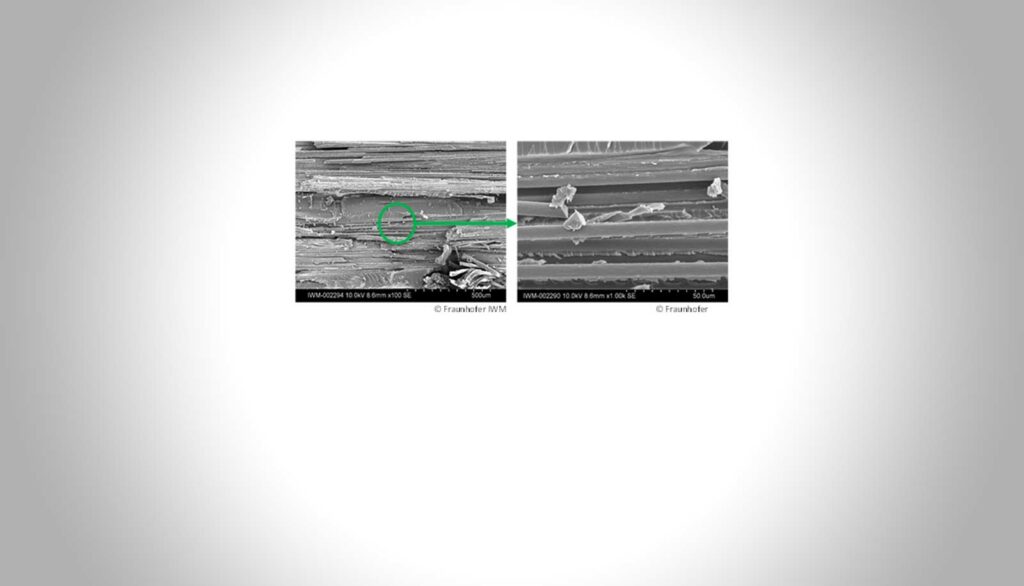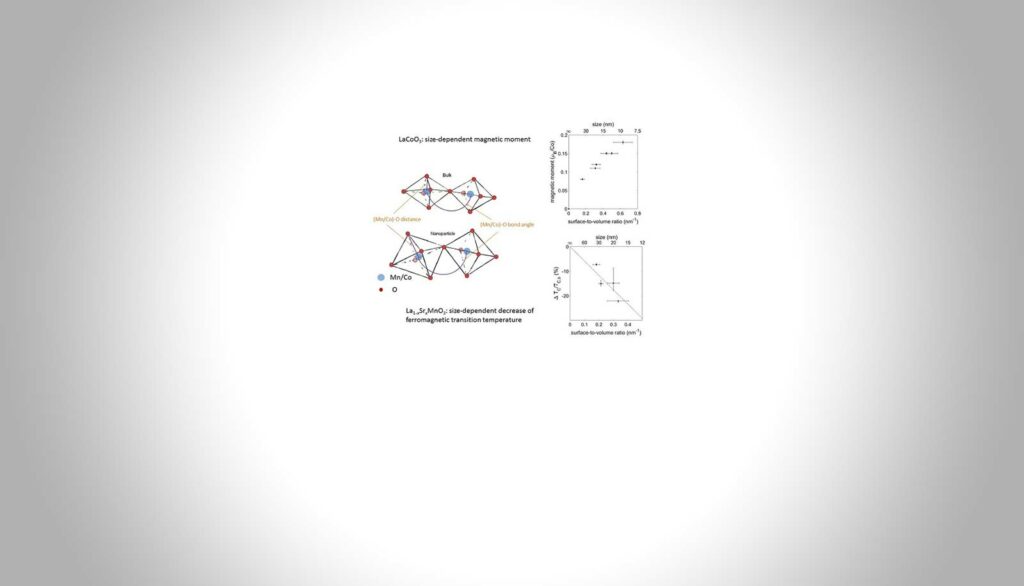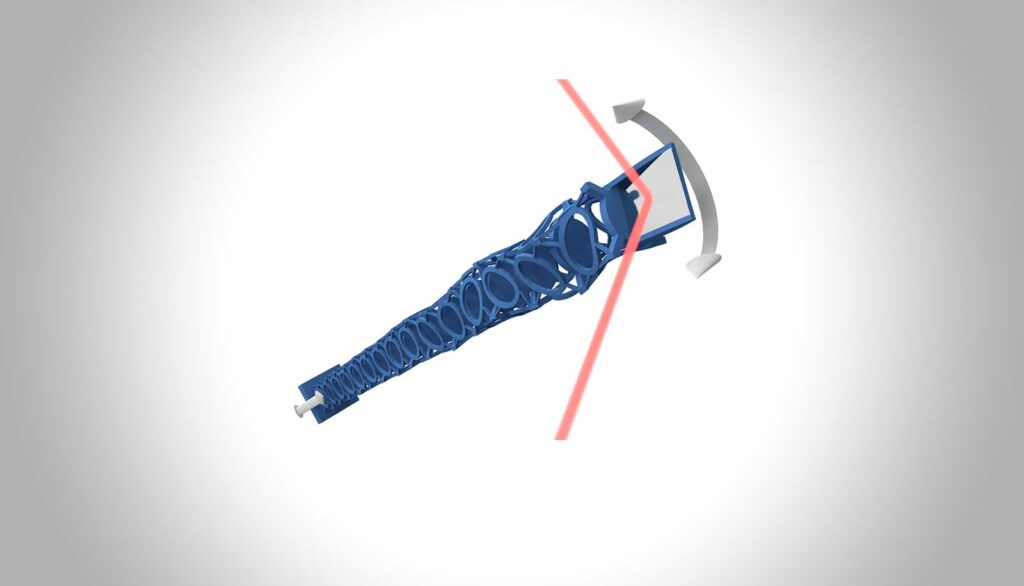High-throughput Virus Discovery in Next Generation Sequencing Data
Franziska Klingler – Hector Fellow Ralf Bartenschlager
Anelloviruses are a diverse group of ubiquitous viruses infecting humans and vertebrates. Their contribution to disease development remains elusive. We hypothesize that during lifelong, persistent infection disbalances in the viral community can drive onset and progression of disease, e.g. cancer. We aim at a thorough description of the viral spectrum present in healthy and diseased tissue by high-throughput screening of sequencing data and subsequent identification of viral variants correlated with pathogenesis.

